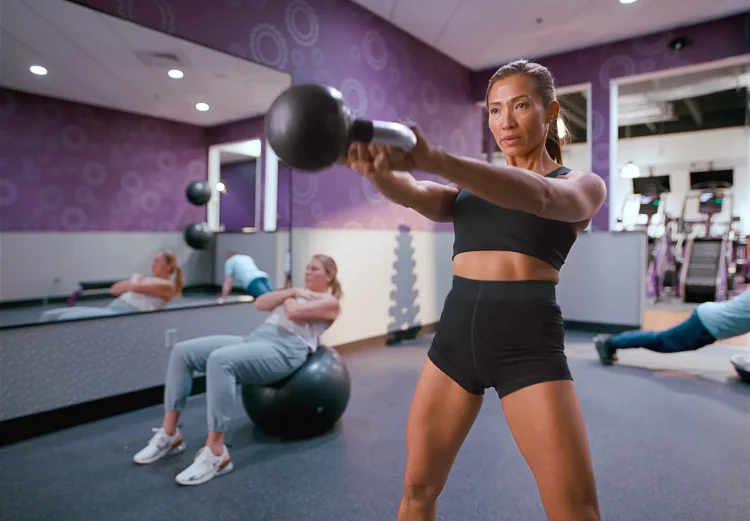In recent years, cold exposure training—once seen as a daring stunt reserved for extreme athletes and adventurers—has surged in popularity as a legitimate and effective health practice. What started as brief plunges into icy water or frigid air for shock value has evolved into a scientifically backed method embraced by wellness enthusiasts, athletes, and even medical professionals.
But how did cold exposure transition from a fringe activity to a mainstream health strategy? This article delves into the science, benefits, and cultural shift that propelled cold exposure training into everyday wellness routines worldwide.
What Is Cold Exposure Training?
Cold exposure training involves deliberately subjecting the body to cold temperatures, such as through:
- Cold showers
- Ice baths or cold water immersion
- Cryotherapy chambers
- Outdoor winter swims or walks in cold weather
The goal is to stimulate physiological responses that improve health, resilience, and performance.
The Science Behind Cold Exposure: Why It Works
Cold exposure triggers a cascade of biological effects, including:
- Activation of the Sympathetic Nervous System
Brief cold stress stimulates the “fight or flight” response, increasing adrenaline and noradrenaline, which boost alertness and energy. - Brown Fat Activation and Metabolism Boost
Cold exposure activates brown adipose tissue (BAT), a type of fat that burns calories to generate heat, potentially aiding weight management and metabolic health. - Reduced Inflammation and Pain Relief
Cold reduces blood flow to inflamed areas and can decrease swelling and soreness, benefiting recovery from injuries and intense workouts. - Enhanced Immune Function
Some studies suggest that regular cold exposure can increase white blood cell count and improve immune responses. - Improved Mood and Mental Resilience
Exposure to cold stimulates the release of endorphins and other mood-enhancing chemicals, helping to reduce symptoms of anxiety and depression.
From Extreme Sport to Everyday Wellness: The Cultural Shift
Historically, cold exposure was mainly practiced by specific groups such as:
- Wim Hof, aka “The Iceman,” who popularized extreme cold endurance and breathing techniques
- Nordic and Russian cultures with long traditions of cold baths and saunas
- Endurance athletes using ice baths for recovery
Today, cold exposure has broken into mainstream health culture due to:
- Growing scientific research validating its benefits
- Increased interest in natural, non-pharmaceutical health methods
- Accessibility of cold therapy tools like cryotherapy chambers and cold showers at home
- Social media influencers and wellness communities promoting cold exposure challenges and routines

Practical Ways to Incorporate Cold Exposure Safely
If you’re interested in trying cold exposure training, here are some beginner-friendly tips:
- Start Gradually: Begin with cold showers lasting 30 seconds to 1 minute, gradually increasing duration as you adapt.
- Listen to Your Body: Never push beyond comfort to the point of numbness or pain.
- Combine with Controlled Breathing: Techniques such as the Wim Hof Method combine cold exposure with breath control to maximize benefits.
- Consistency Is Key: Regular short sessions yield better results than infrequent extreme exposures.
- Consult a Healthcare Provider: Especially important if you have cardiovascular issues or other health conditions.
What the Future Holds for Cold Exposure Training
Research into cold therapy continues to expand, with promising directions including:
- Investigating effects on chronic inflammation and autoimmune diseases
- Optimizing protocols for mental health support
- Combining cold exposure with other biohacks like intermittent fasting and heat therapy for synergistic benefits
Conclusion
Cold exposure training has evolved from a niche, extreme practice into a widely accessible and scientifically supported health tool. Its ability to boost metabolism, reduce inflammation, enhance mood, and strengthen immunity makes it a powerful addition to modern wellness routines.
Whether through a quick cold shower or an invigorating ice bath, embracing controlled cold exposure might just be the refreshing health habit you didn’t know you needed.











































